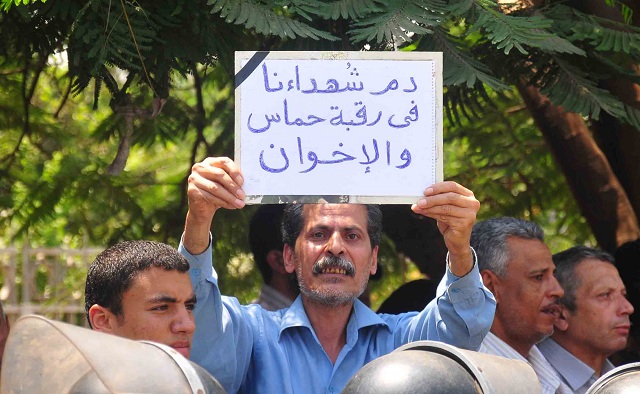The recent Mumbai bombings which killed nearly 180 people and injured 300 will be a turning point in the future of “jihadism around the world. Now it is possible to distinguish between two major phases.
The first phase is message-giving/ideological jihad, which we witnessed with the emergence of jihadist movements in Egypt in the 1970s and 1980s, and which was exported to Afghanistan in the 1980s and was later monopolized by Al-Qaeda after the events of 9/11. This phase has always been associated with a central issue, such as the establishment of an Islamic state or a state confronting infidels.
The second phase is post-Mumbai, which can be temporarily called “mercenary jihad where the act of jihad is sought not to achieve ideological or doctrinal goals, but rather to deliver specific political messages for money paid in advance.
Five qualities distinguish those mercenary jihadists. The first, and perhaps the most important, is that they are not linked to Al-Qaeda network ideologically or practically. They, according to Indian investigation leaks, are linked to Lashkar-e-Taiba, which, while it intersects with Pakistani Taliban, has never worked for the implementation of Al-Qaeda’s agenda, but rather for the liberation of India-administered Kashmir.
The second is that those jihadists do not adopt a certain ideology, but a pragmatic political agenda that may sometimes intersect with other local, regional and international interests and agendas. The Mumbai attackers carried out their operation mainly to hit India in the bud politically and economically.
On the one hand, they want extremist Hindu party BJP Bharta to return to the government instead of the ruling Congress Party in order to justify their future operations against India; and on the other hand, they want to destabilize the distinguished economic prosperity of India, a rising economic power, especially since the Indian economy has not been largely affected by the repercussions of the global financial crisis, unlike its rivals.
The third is the jihadist “mosaic , by which I mean the existence of small yet highly organized and precise tasked jihadist cells. They are headless cells that carry out operations and then disappear. Therefore it is not surprising that the Mumbai attackers called themselves Deccan Mujahedeen , which is not just a pseudonym, but a translation of the symbolic message they want to convey.
The fourth is tactical flexibility, or the ability of attackers to expound their performance according to circumstances. They focused on the ends and the means together (contrary to Al-Qaeda that focuses on the ends more than the means). If the goal of the Mumbai attackers was only killing and seeking martyrdom , the way Al-Qaeda operates, they would have blown themselves up with explosive belts or car bombs.
The fifth is the strategic deception – attackers pretended to be weak, while in fact they were strictly implementing the plan. At first sight the Mumbai attackers appeared to be just boys playing video games on the Internet, but in fact they were more like professional assassins, as they resorted to the use of the latest, efficient light weapons, in addition to high combat performance, reflecting sharp intelligence and extreme capability in implementation.
The most serious fact revealed by the Mumbai attacks is that jihad is no longer an act of suicide, but it has become a professional mercenary profession for worldly gain, which may become attractive to many desperate extremists in our region. This phenomenon deserves serious attention.
Khalil Al-Anani is an Egyptian expert on political Islam and democratization in the Middle East and is a senior fellow at Al-Ahram Foundation. E-mail: [email protected].

